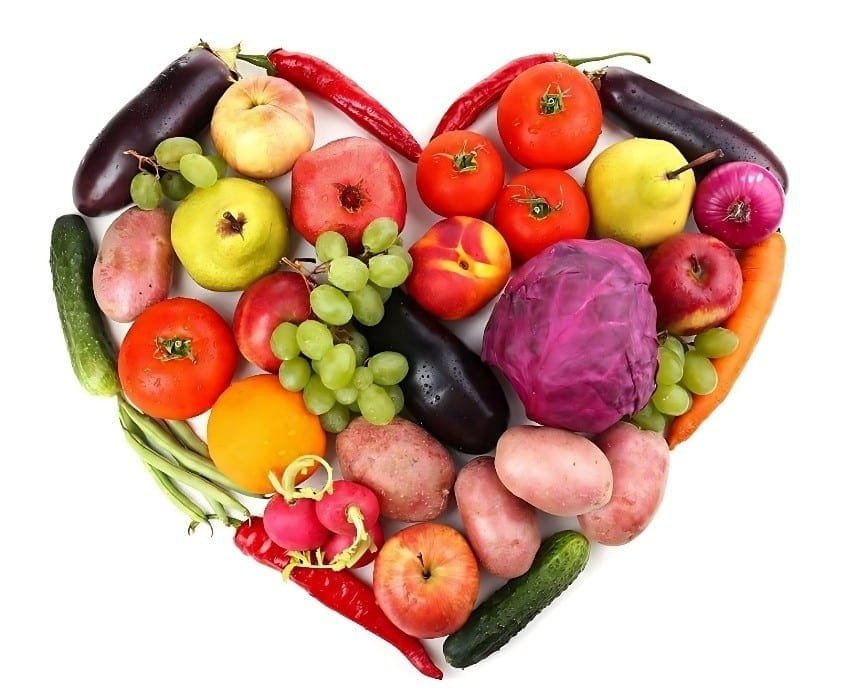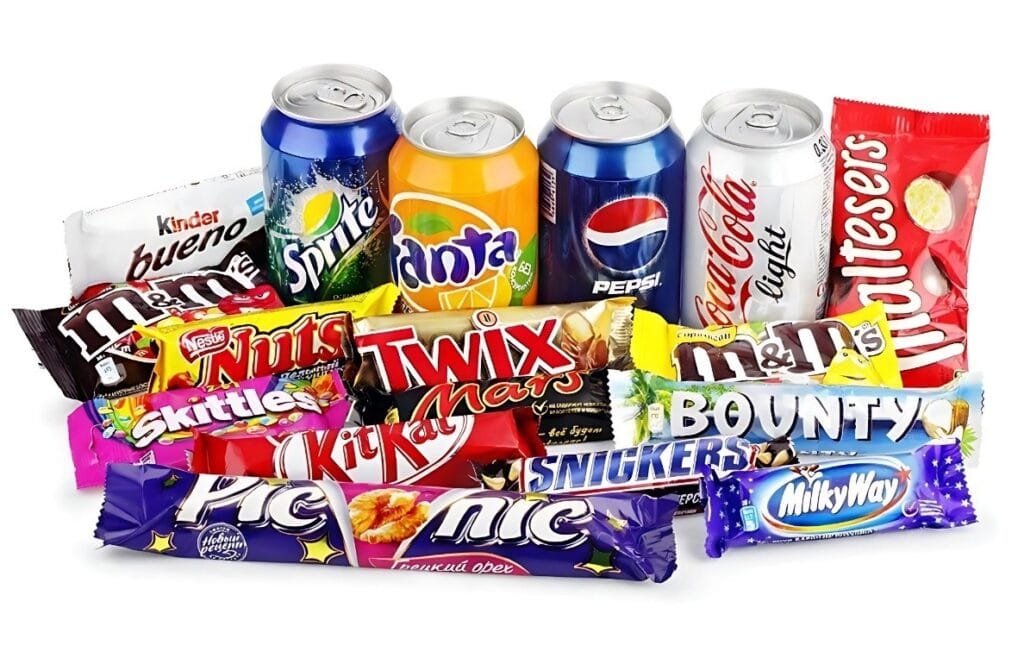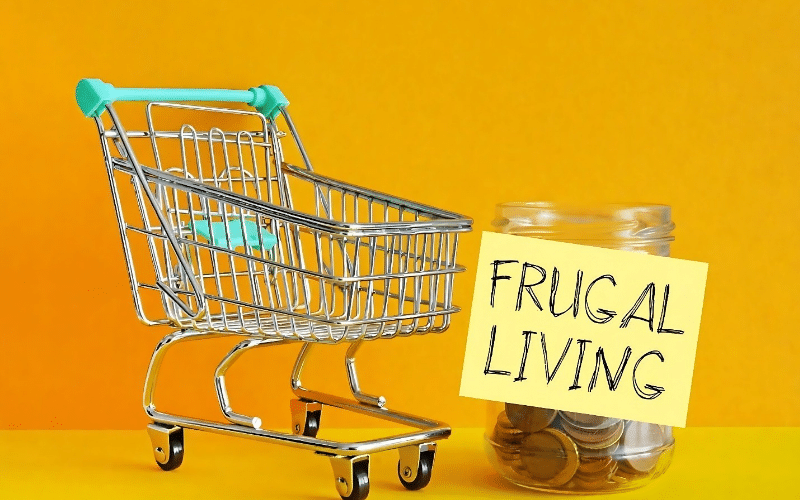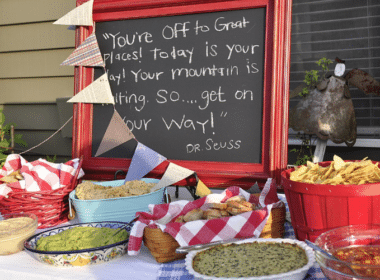This post will teach you frugal grocery shopping hacks that help you save big—without giving up your favorite foods.
You see, Frugal grocery shopping isn’t about becoming an extreme coupon queen or buying 384 rolls of toilet paper just because it’s on sale.
It’s about making your money stretch without feeling like you’re punishing your family at every meal.
If your grocery bill keeps getting higher and all you’ve got to show for it is ramen and regret… you’re in good company my friend.
I used to “run in for a few things” only to end up standing at the checkout while i frantically call my bank to increase my transaction limit.
But I’ve learned a thing or two in the process, and I’m telling you that you don’t have to eat boring food just to save money. In fact, I can help you spend less at the store and still buy the stuff you actually like—yep, even Ben and Jerry’s.
Frugal grocery shopping doesn’t have to be hard. Let me show you.
What Is Frugal Grocery Shopping?
It’s not about becoming a coupon extremist or growing your own lentils (unless that’s your thing). Frugal grocery shopping is just a fancy way of saying: “I like food, but I also like having rent money.”
It means:
🛒 Buying what you’re going to eat
🛒 Planning just enough to avoid panic pizza orders
🛒 Cutting waste, not joy
How to Start Frugal Grocery Shopping
1. Make a “Don’t Buy” List
We all have that one food we wish we were the kind of person who eats… but it just sits there until it dies a slow, slimy death in the fridge.
That’s why your grocery planning needs more than just a shopping list—you also need a “don’t buy” list.
It’s where you write down the stuff you always buy with good intentions… but never actually eat.
For me, it’s bagged spinach. Every time I buy it, I think, “I’m gonna put this in smoothies! I’m gonna sauté it with garlic!”. But then it sits in my fridge while I eat frozen chicken strips instead.
Having a “don’t buy” list helps you:
- Stop wasting money
- Stop wasting food
- Stop pretending you’re someone you’re not (it’s okay, spinach will forgive you)
Be real with yourself, save the cash, and only buy food you’ll actually eat.
2. Check What You Already Have
Before you buy another can of beans “just in case,” go open your pantry and actually look at what’s in there.
How many half-used bags of rice, sad cans of soup, or mystery jars do you already have?
If it’s something you wouldn’t be willing to spend $3 on right this second, it probably means you don’t need it—or you’re not going to eat it anytime soon.
Use this simple trick:
Would I still buy this if I was standing in the store with only $20 in my pocket?
If the answer is no, it stays on the shelf.
Frugal grocery shopping starts with using what you already own.
Because stocking up sounds smart—until your pantry turns into a food museum full of expired beans.

3. Plan Lazy-Girl Meals
You don’t need to turn your kitchen into a cooking show to get your grocery budget under control.
Instead of full-blown meal prepping, try this:
- Pick 3 to 4 dinners you legit know how to make (and won’t dread eating the leftovers!)
- Choose recipes that share ingredients—so that bag of cheese or those green onions don’t end up in the trash
- Leave space for real life, like snack nights, leftovers, or the occasional “I’m eating cereal, and nobody can stop me” dinner.
This kind of lazy meal planning helps you save money and keeps you from panic-ordering takeout because you’re too tired to cook.
You don’t need a meal plan that looks good on Pinterest. You need one that works in your actual life.
4. Set a Budget (Use Cash or a Prepaid Card)
Start with a number—a real one—not just “I’ll try to spend less this time.”
Whether it’s $60 or $120, give yourself a grocery limit before you even walk through the doors.
Then here’s the trick:
Use cash or a prepaid reloadable card (like a grocery-only gift card or a separate debit card just for food).
Why? Because when the money’s gone… it’s gone.
No “oops” moment, no accidental swiping, no guilt spiral later when you check your bank app and see a total that makes you question your life choices.
This one small change helps you stay in control—and makes frugal grocery shopping way less stressful.
In-Store Frugal Grocery Shopping Hacks
5. Avoid “Danger Zones”
Just… don’t walk by it. You know exactly what I mean.
That aisle with the fancy snacks, the endcap full of “limited edition” cookies, the bakery section whispering sweet nothings like, “You deserve these donuts”
You don’t need it. You weren’t planning to buy it. And it’s not in the budget.
Stores are literally designed to make you spend more. The smells, the lights, the end-of-aisle displays—it’s ALL a trap.
Stick to your list. Walk the long way around if you have to.
Frugal grocery shopping means keeping your eyes (and wallet) on what you actually came for… not what the butter and lies are trying to sell you.
6. Shop the Edges of the Store
Here’s a grocery store secret: The good stuff lives on the edges.
The budget-killers? They’re hiding in the middle—just waiting to sneak into your cart when you’re not paying attention.
If you want to stick to your budget, follow this simple plan:
- Start with produce:
Grab fruits and veggies first so you fill your cart with the healthy stuff early - Then hit the proteins:
Meat, eggs, tofu, or whatever keeps you full and happy - Lastly, grab frozen, canned, or bulk items:
Just the basics, not the snack aisle chaos

You see, the middle aisles are where the “fun” food lives—chips, cookies, cereal, fancy sauces you’ll never use. That’s where your budget goes to die.
Stick to the outer loop, and your wallet (and your body) will thank you.
7. Generic Doesn’t (Always) Mean Gross
Here’s a fun fact: Some store-brand foods are made by the same companies that make the name-brand stuff.
They just slap a different label on it and sell it for cheaper.
So yeah—that $1.29 box of bow-tie pasta?
It probably came from the same factory as the $3.49 “fancy Italian brand pasta”.
Store-brand peanut butter, canned beans, pasta, spices, oatmeal—most of it all taste just as good without the name-brand guilt or price tag.
If it means saving a few bucks every trip, go ahead and be brand disloyal.
Your bank account won’t judge you.
But, I can’t lie—I still can’t do the no-name Mac & cheese. Something about it just tastes… wrong.
If it’s between eating it or skipping dinner, sure, spend the extra quarter. Some things are worth it.
But for the basics—like pasta, rice, oatmeal, tomato sauce, bread, and even cheese—the store brand is usually the same thing in a different box.
And that’s where the real savings add up without even trying.
Pick your battles. Save where you can. And don’t mess with the mac if it hurts your soul.
8. Don’t Grocery Shop at Target (Unless You’re Mentally Prepared)
You know what happens. You walk in for bread. You walk out with a lamp, a cardigan, and no actual groceries.
Need I say more?
Smart Frugal Shopping Habits to Stick With
9. Buy in Bulk (But Only If You’ll Use It)
Buying in bulk can save you money—but only if you’re actually going to use it before it expires or grows fur.
Here’s the vibe:
Yes to bulk:
🛒 Rice, pasta, oats, dry beans
🛒 Frozen veggies, shredded cheese, baking basics
🛒 Toilet paper (not food, but still counts)
No to bulk:
🛒 A 3-pound tub of hummus that turns into science class in your fridge
🛒 Anything perishable you think you’ll eat but never do (lookin’ at you, spinach)
🛒 Snacks you buy “for the kids” but eat in one day (it’s me, hi, I’m the problem)
Bulk is brilliant if you have the space, the plan, and the willpower.
Otherwise, it’s just expensive clutter in a giant package.
10. Freeze Everything
If it can be frozen—freeze it.
Bread, bananas, shredded cheese, cooked rice, chopped veggies—your freezer is your frugal bestie.
You don’t have to wait until something’s turning slimy or weird to toss it in. Freeze it while it’s still good, and future-you will thank you on those “nothing in the fridge” nights.
Bonus: Freezing helps stop waste and stretch your grocery runs a little further. No more panic-buying because the spinach died again. (RIP.)
Just toss it in a bag, label it if you’re feeling fancy, and let the freezer do its thing.
11. Ditch Juice and Soda
I know, I know—don’t come for me.
But juice and soda are sneaky little budget-busters.
They’re expensive, full of sugar, and usually gone faster than you can say, “Who finished the last can?” And let’s be honest… they don’t really fill you up.
Instead, stick to water, tea, or make your own iced coffee at home (Pinterest has your back).
You’ll save money and stretch your grocery haul a lot further.
Your wallet will be lighter—in a good way—and your cart won’t be full of stuff that disappears in two sips.
12. Set a Treat Budget
Snacks are non-negotiable in this house. I’m not giving up my cheesy popcorn so I can save 87 cents on broccoli.
But here’s the trick: give yourself a snack budget.
Set aside $5–$10 just for treats you actually love. Chocolate, popcorn, hot sauce, whatever gets you through the week.
Why? Because if you don’t plan for it, you’ll probably blow your whole grocery budget during a 9PM sugar emergency or a post-work meltdown in the snack aisle.
This way, you stay on track and still get your comfort food.
Because frugal doesn’t mean joyless—and nobody wants to live in a house without snacks.

Frugal grocery shopping doesn’t mean saying goodbye to joy—it means saying goodbye to expired spinach, overpriced cereal, and checkout shock.
It’s about buying what you need, loving what you eat, and still having enough left over for the fun stuff—like emergency takeout or random thrift store treasures.
Because at the end of the day, you’re not broke—you’re just budgeting like a baddie.
Frugal Grocery Shopping FAQ
What are the best ways to save money on groceries without using coupons?
Plan meals, use what you already have, go generic, shop sales (but only if you need it), and don’t shop hungry.
How much should I spend on groceries per week?
A good rule of thumb is $40–$60 per person per week, depending on your location, diet, and whether or not you treat cheese as a personality trait.
Can I grocery shop frugally with kids?
Yes! Involve them. Let them pick one snack within a budget. Freeze leftovers. And shop without them if you can. (Seriously.)
Is shopping at Dollar Stores a good idea?
Sometimes! Pantry staples, frozen veggies, snacks, and canned goods can be great deals—just check the labels and expiration dates.
What’s one frugal grocery tip that actually works?
Buy less, but more often. Smaller trips = less waste. Plus, you’ll actually eat what you bought instead of letting it become science experiments in the fridge.
P.S. Wondering what to actually make with all those budget-friendly groceries?
👉 Check out my Broke Meal Ideas post next.
It’s packed with cheap, easy, actually edible meals you can throw together without needing a culinary degree (or a trust fund).








